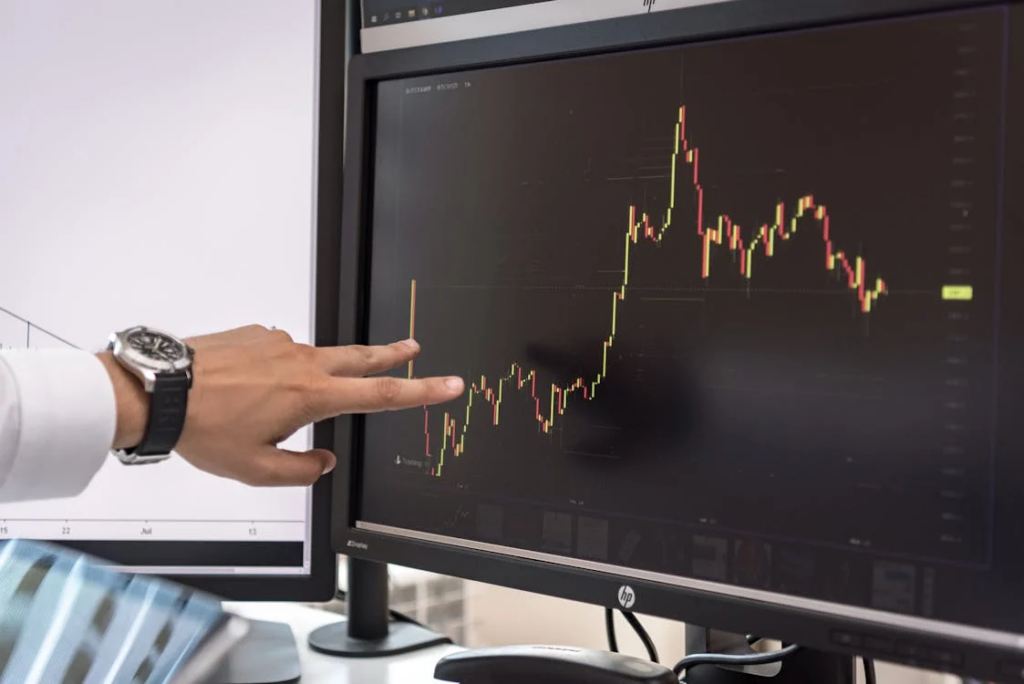
Starting a proprietary trading career can seem like a formidable challenge. With discipline, strong analytical skills, and a structured approach, however, many traders have built successful careers in this competitive field. In this case study, we’ll examine how one trader, Alex, developed a thriving proprietary trading career, illustrating key strategies and techniques you can use to enhance your own career path in proprietary trading.
Case Study: Alex’s Path to a Successful Proprietary Trading Career
Alex began his proprietary trading career with a strong interest in financial markets but limited practical experience. Initially, he joined a well-known prop trading firm that provided training and access to advanced trading platforms. Through this firm, Alex gained exposure to various trading strategies, covering everything from equities to forex, and built his skills over time with guidance from seasoned traders.
Develop a Proprietary Trading Strategy

To refine his strategy, Alex used a combination of technical analysis and fundamental indicators. For instance, he analyzed historical price movements and used technical tools like moving averages and RSI (Relative Strength Index) to assess potential entry and exit points. Through consistent evaluation, he created a framework for his trades, allowing him to make decisions with greater confidence.
Gaining a Deep Understanding of Market Dynamics
In the proprietary trading world, adapting to market trends is crucial. Alex made it a priority to understand how economic indicators, news, and global events could impact his trades. This meant keeping up with daily financial news and studying factors such as interest rates, earnings reports, and sector trends.
Alex’s focus on market dynamics proved invaluable during a significant market downturn. While many traders faced losses, Alex recognized the opportunity for short positions due to economic signals he’d been tracking, such as declining consumer spending and interest rate hikes. His ability to anticipate the downturn allowed him to capitalize on it, helping him grow his portfolio even when the market was down.
Utilizing Risk Management Techniques to Protect Capital

Another essential element of Alex’s success was his commitment to managing risk. In proprietary trading, risk management often determines long-term profitability. Alex adopted a risk management plan that limited his potential losses by setting stop-loss orders on each trade and diversifying his positions across different assets.
For instance, if Alex opened a position on a high-volatility stock, he would simultaneously place a trade in a more stable asset, such as government bonds or gold futures, to balance potential losses. This hedging approach provided a safety net and allowed him to preserve capital during high-risk trades.
Leveraging Automation for Consistency and Efficiency
Alex recognized that trading consistency would be key to building a sustainable proprietary trading career. To maximize efficiency, he began using automated tools that helped him execute trades more quickly and manage his trading data. By automating data analysis, he could respond faster to market changes and avoid errors due to emotional decision-making.
Automation enabled Alex to implement his trading plan with high accuracy and consistency, making his process more reliable. For instance, he used automated signals based on his pre-defined criteria, such as moving average crossovers, which helped him enter trades at optimal points. By relying on these tools, Alex could maintain his trading edge while managing multiple assets efficiently.
Monitoring Performance and Making Adjustments
To continually improve his proprietary trading career, Alex reviewed his performance regularly. He recorded each trade’s outcome, noting any factors that influenced success or failure. This self-evaluation allowed him to spot patterns, refine his strategy, and implement necessary adjustments.
For example, after noticing a recurring pattern where he took losses on trades made during high market volatility, Alex decided to limit his trades during volatile periods. He adjusted his strategy by setting more conservative entry points when volatility indicators were high, which ultimately boosted his profitability and reduced losses.
Key Takeaways for a Successful Proprietary Trading Career
Through Alex’s journey, we see the critical steps involved in building a proprietary trading career. Here are some key takeaways based on his experience:
- Build a Research-Backed Trading Strategy: Tailor your strategy to your trading style and the assets you understand best. A well-researched approach, based on both technical and fundamental analysis, can provide a solid foundation for success.
- Understand Market Dynamics: Stay updated on market trends, economic indicators, and global news that could impact your trades. A deep understanding of these factors enables you to make informed decisions, even in uncertain conditions.
- Apply Risk Management Techniques: Use stop-loss orders, position limits, and asset diversification to manage risk. In proprietary trading, preserving capital is essential for long-term growth.
- Leverage Automation for Efficiency: Automation can enhance your consistency and reduce errors. Using trading software to streamline tasks allows you to focus on high-level strategy and improve your trading efficiency.
- Monitor Performance and Adjust: Regularly review and analyze your trades to understand what’s working and where you can improve. Making small, strategic adjustments can lead to substantial gains over time.
By understanding the challenges and strategies demonstrated in this case study, you can take practical steps toward a successful proprietary trading career. With a commitment to learning, strategy refinement, and disciplined risk management, any aspiring trader can develop the skills necessary to thrive in proprietary trading. If you’re ready to put your knowledge to the test, consider starting with Rocket21 Challenge. Their platform offers simulated trading challenges to help you refine your strategies in real-market conditions and gain valuable experience.
For more insights and trading tips, be sure to explore content on Rockek21 Medium page, where you’ll find additional resources to guide you in building a successful proprietary trading career.
DISCLAIMER:
Financial instrument trading, including simulated trading activities in a simulated environment referenced by or undertaken utilizing Rocket21, may involve substantial risk of loss and is not suitable for every Person. The valuation of financial instruments including simulated valuations, such as simulated foreign exchange contracts, simulated futures and simulated options, may be highly volatile and fluctuate significantly and as a result, clients may lose or gain more than their initial demo trade order. The impact of seasonal and geopolitical events may be already factored into simulated market prices. The highly leveraged nature of trading, including simulated trading, means that even small price movements may have a great impact on a demo trading account, potentially resulting in substantial simulated losses or gains. Rocket21 does not offer or provide trading or investment recommendations, and any trading or investment decisions you make are entirely your responsibility and at your own risk. Past performance is not necessarily indicative of future results. Performance quoted represents past performance in a simulated environment and does not guarantee current or future performance or that losses will not occur. The accounts and trading activities discussed in this video are purely simulated and for educational purposes. Any trading objectives, including profit targets, drawdown limits, profit splits, allocation, and other related metrics, are virtual and not associated with real financial transactions and actual trading.
BANNER PROMO HERE
REGISTER NOW
JOIN OUR TEAM OF
ROCKET TRADERS
ACCEPT OUR ROCKET CHALLENGE AND BECOME A ROCKET TRADER IF YOU ARE READY. YOU CAN EVEN GO THROUGH THE ENTIRE PROCEDURE FOR FREE

